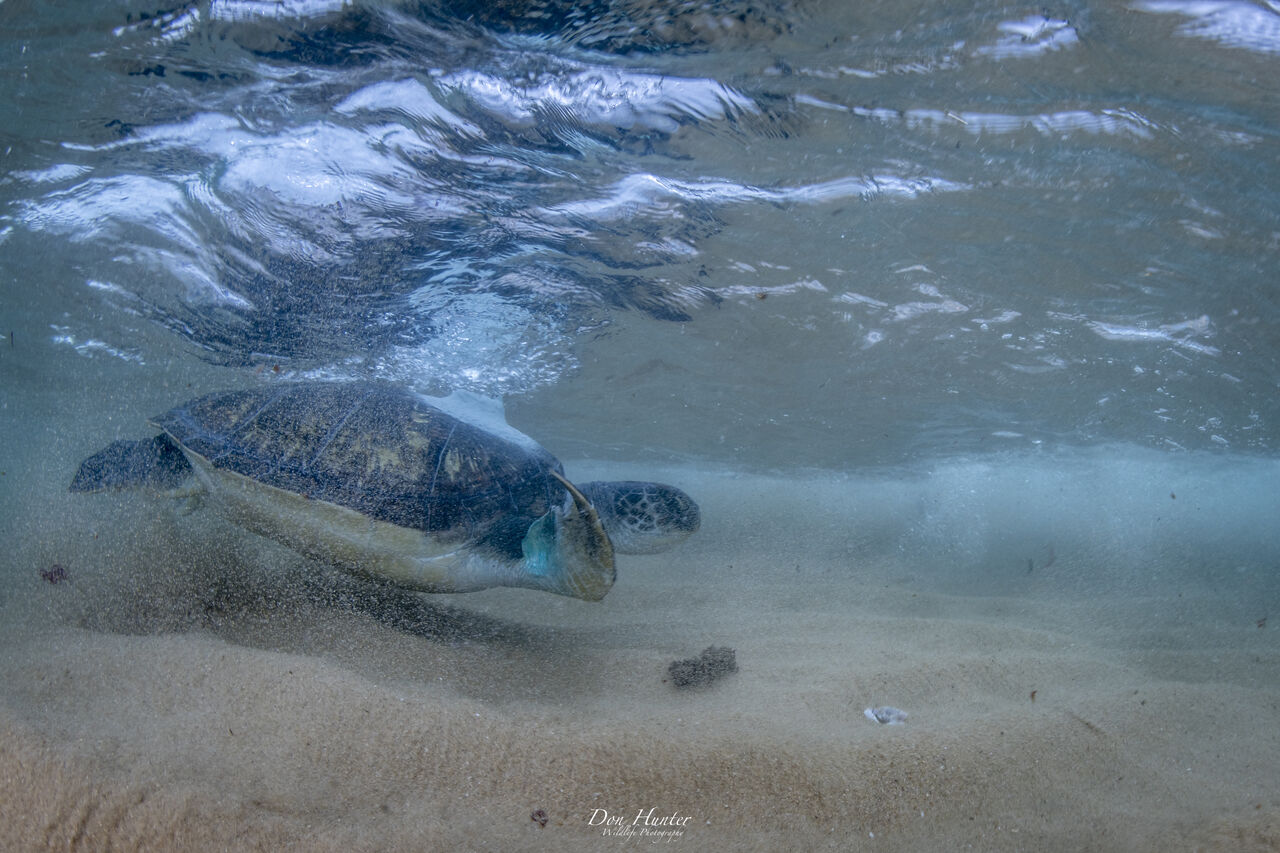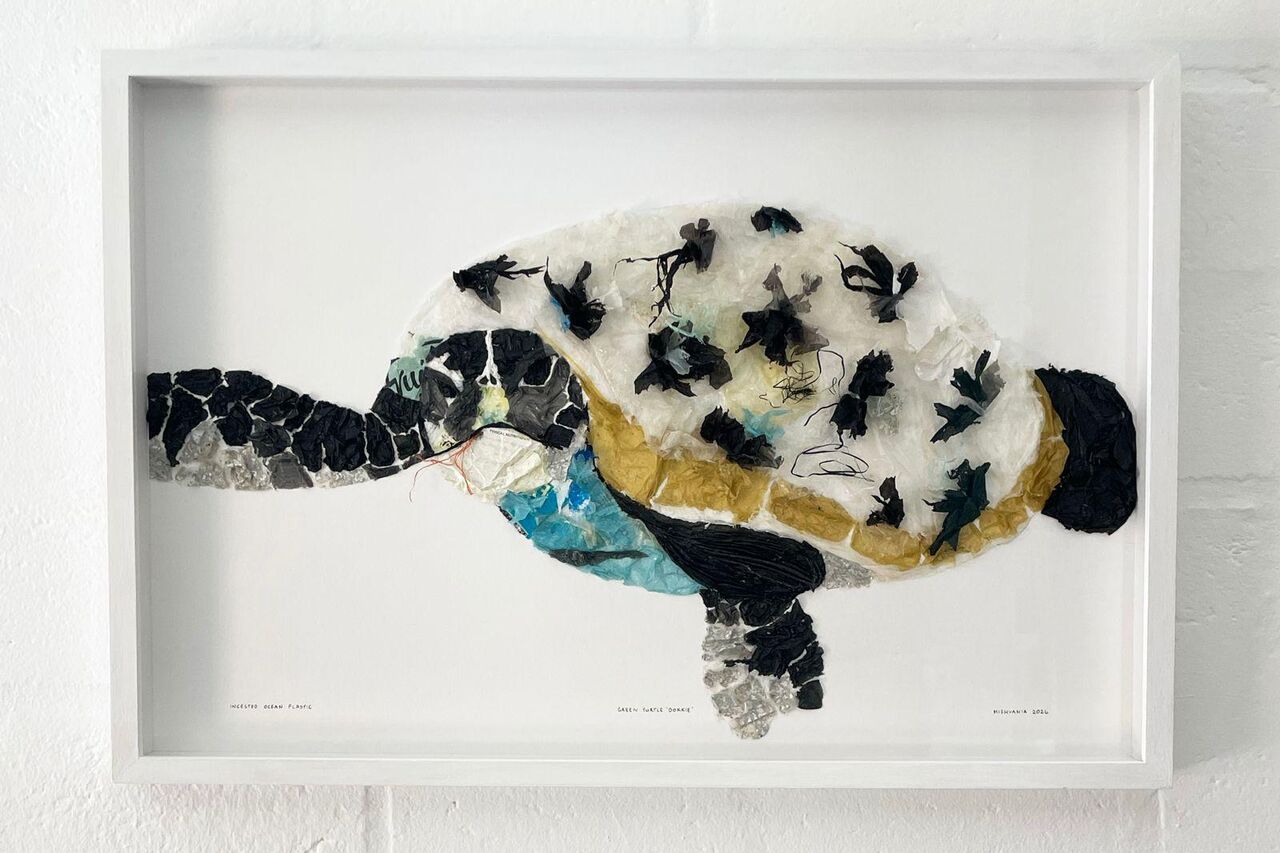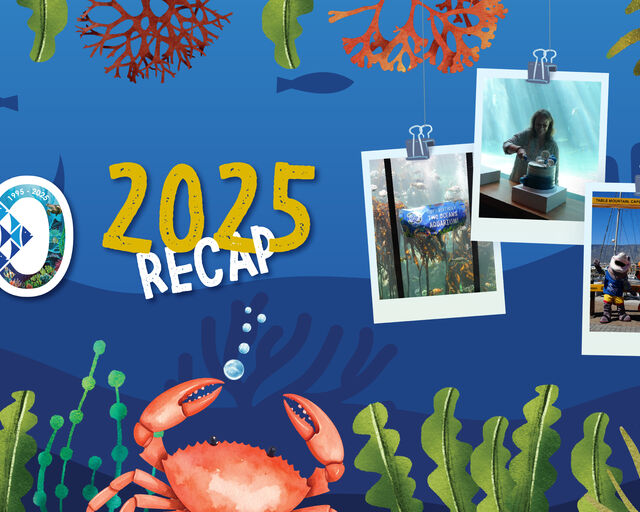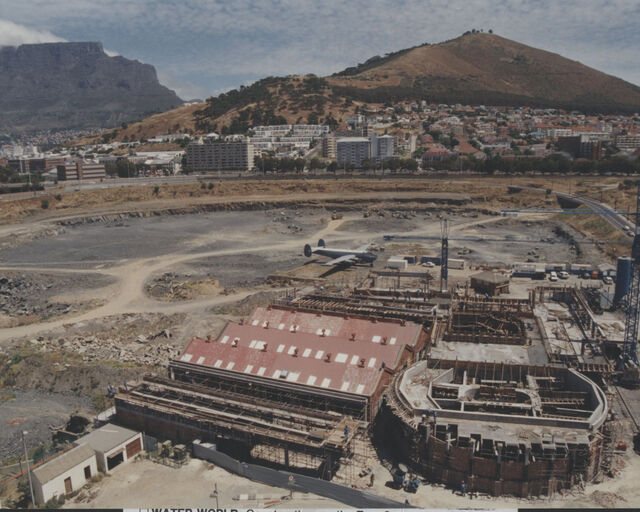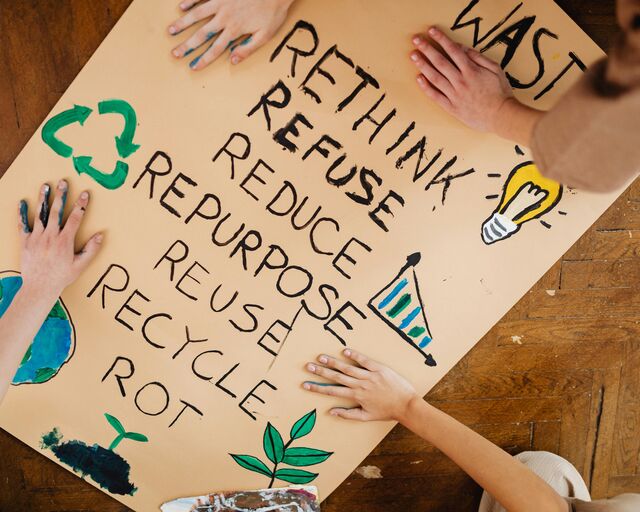Bokkie the green turtle’s final tracking update
Our Turtle Conservation Centre released Bokkie, the brave amputee green turtle, on 21 October 2024 into the warm waters of the iSimangaliso Wetland Park Marine Protected Area. After an intensive rehabilitation process at the Turtle Conservation Centre, overcoming plastic ingestion and an amputated flipper, Bokkie certainly made her mark!

After her release, Bokkie took things slow and steady – she remained in relatively coastal areas as she moseyed north towards Bhanga Nek. This area is known as a prominent nesting site for loggerhead and leatherback turtles, so Bokkie probably even encountered a few turtle moms on her travels. Later, she crossed the border into Mozambique, exploring the nearshore reef system of Maputo National Park, which stretches along 90km of coastline between the border and Inhaca Island.
However, after just 150 days and 895km of being tracked, Bokkie’s satellite transmissions stopped. While this may seem short compared to some of the other turtles that we’ve monitored, every turtle’s journey is unique. Furthermore, the satellite tags themselves are subject to a variety of environmental and biological factors that influence how long they can keep sending us signals.
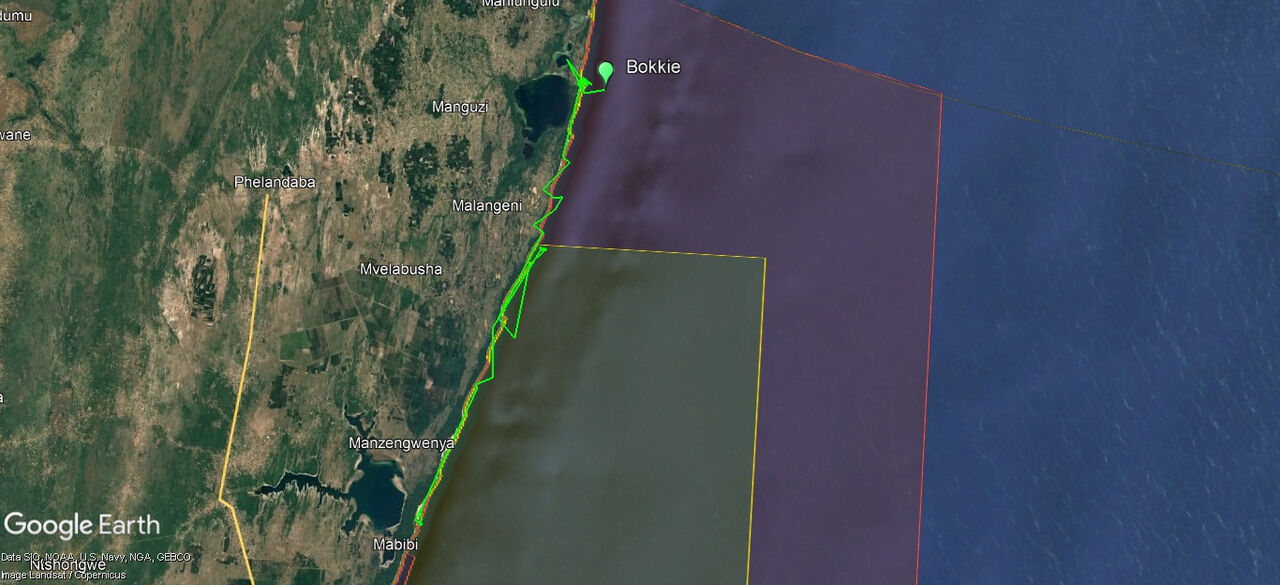
Our team at the Turtle Conservation Centre have given this a lot of thought, and there are several reasons for Bokkie’s transmissions to have come to an end.
The first is that shell texture differs according to the turtle species. This plays a significant role in the success rates of satellite tag attachment. Loggerhead and hawksbill turtles have thick, hard shells that offer overlapping shell plates (hawksbills) or ridges for tags to attach nicely. Green turtles, on the other hand, have smooth and rounded shells that don’t provide much grip. Their shells are also softer and oilier, making it more likely that a tag would fall off.
Water temperature could also have impacted Bokkie’s tag durability. Turtles can actually slow or increase their growth rates according to their environment! This is a survival mechanism that helps them to conserve energy when necessary or take advantage of favourable ocean conditions. Bokkie was basking in the warm, nutrient-rich waters of Maputo Bay – she potentially could have been growing faster and loosening the tag sooner. Another factor in warm water is the increased likelihood of biofouling, when algae and barnacles grow on a turtle’s shell and interfere with signal transmission. If a turtle is resting in shallow, sunlit areas, as Bokkie appeared to be, biofouling can happen even faster.
Finally, we know that turtles love to scratch themselves on reefs and rocks. They have nerve endings in their shells, so it’s the equivalent of us scratching an itch! Despite our team’s best efforts when tagging Bokkie, even a securely attached tag can be rubbed off. We’ve seen this first-hand with loggerhead turtle Kai, who has persistently removed his buoyancy devices!
Unfortunately, there is another sobering possibility: Human threats.
Maputo Bay is a busy waterway, with boat movement and fishing activity a constant presence. Although we can’t say with certainty, injuries from boat strikes and drowning due to accidental capture in fishing gear (bycatch) are very real dangers. This is the hard truth our Turtle Conservation Centre faces every time we release a turtle. Months (even years, in some cases) of care, resources, and love go into rehabilitating each turtle that is rescued and brought to the Turtle Conservation Centre. But once they are released, they face an ocean filled with risk, most of which is created by humans.
When Bokkie arrived at the Turtle Conservation Centre in October 2023, she was in a dire state: Covered with almost a kilogram of barnacles, the wound of her amputated flipper was barely healed. Soon after arrival, she began to pass large amounts of plastic, excreting a shocking 47 pieces in total. That plastic was likely a major cause of her stranding and poor health. The problem was so appalling that the Turtle Conservation Centre team commissioned artist Michelle Beattie to turn Bokkie’s plastic into a powerful visual reminder of what our waste is doing to marine life.
During her year in our care, Bokkie transformed. She became a symbol of resilience, a bright, feisty ambassador for the turtles our team fights to protect, and an inspiration to be more mindful about our own plastic use. Now, with Bokkie’s satellite tag signal lost, we are more determined than ever to protect the ocean she returned to. Her story reminds us of the two biggest threats to turtles: Plastic pollution and accidental capture in fishing gear.
At our Turtle Conservation Centre, we witness the consequences of a damaged ocean – sick, injured, and stranded turtles in dire need of help. But we’re also committed to tackling the root causes of these threats. We need you to join our community of care, so that turtles like Bokkie can have a brighter future without fear of a perilous ocean.
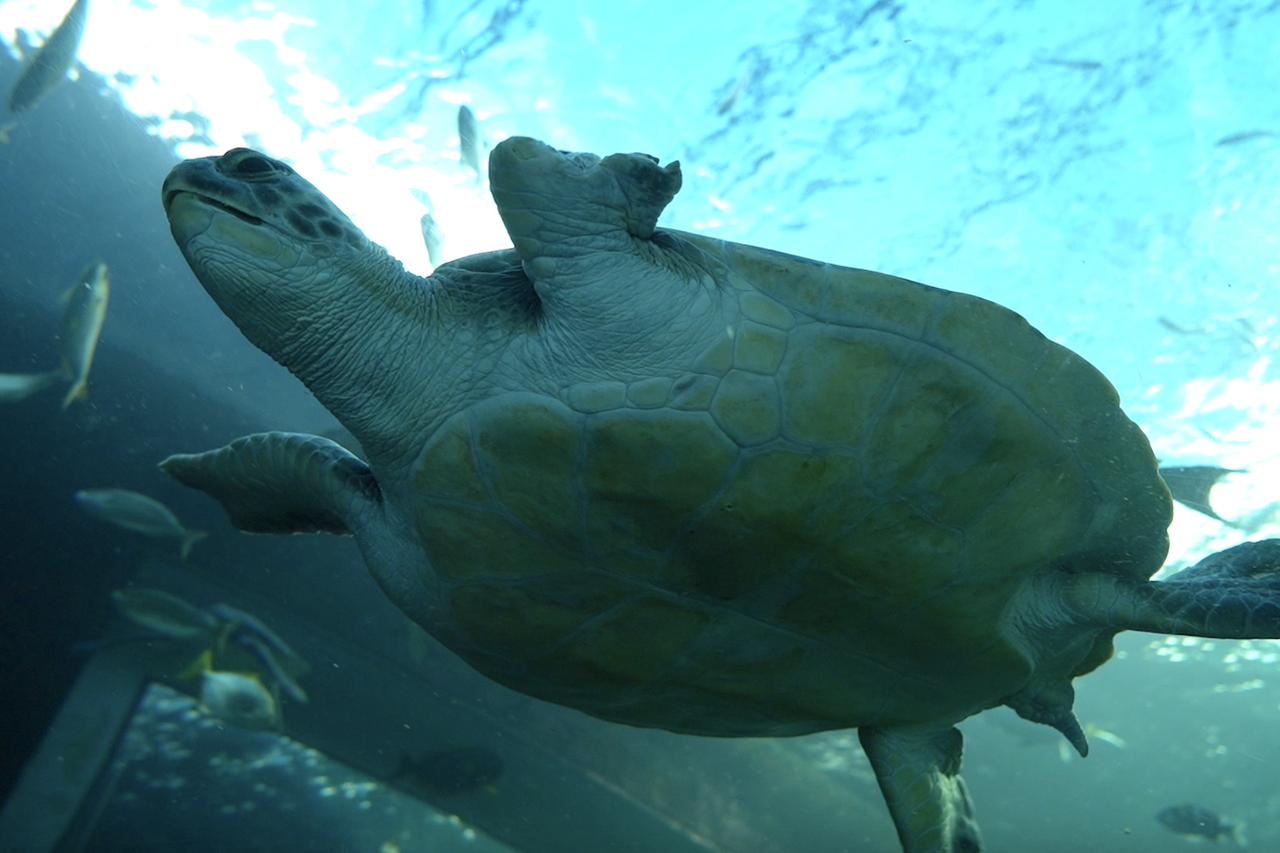
Here are three ways you can help protect turtles like Bokkie:
Ditch single-use plastic
Say no to plastic bags, cups, straws, and bottles. Every piece avoided is a win for the ocean. Choose reusable options – replace your takeaway coffee cups with a reusable mug and carry reusable shopping bags instead of plastic ones.
Choose sustainable seafood – or choose none at all
Only eat seafood that has been sustainably caught. If you're not sure how it was caught, don’t buy it. WWF’s Southern African Sustainable Seafood Initiative (SASSI) helps people make better choices when purchasing seafood. Their extensive list of seafood options available in southern Africa is split into an easily understood colour system: Green (good choice), orange (think twice), and red (don’t buy).
Support ocean protection efforts
Sign petitions for Turtle Excluder Devices (TEDs) in fishing nets, support campaigns that advocate for Marine Protected Areas, celebrate MPA Day on 1 August, adopt a turtle undergoing rehabilitation at the Turtle Conservation Centre, and help raise awareness in your community.
Even though Bokkie's tag has stopped transmitting, her message is louder than ever. The ocean and its precious inhabitants need our help. Bokkie, we hear you, and we will rise to the challenge.
Related News
Sign up to our Newsletter
Receive monthly news, online courses and conservation programmes.
